Setup Your Vehicle
The best set up to test your headlights is to park your vehicle facing a wall with the engine switched off, handbrake on and the ignition in the accessories (ACC) position. You do not need to turn your vehicle on to do this check.
Learn more about checking vital engine fluids here.
Learn more about checking your wipers here.
Learn more about checking your tyres here.
Learn more about checking for clues around your vehicle here.
You can find the correct blubs and parts for your vehicle by using the My Garage tab at the top of this web page. All you need to do is punch in your rego and state or search by make, model and year. Once this is completed you will be suggested the right products to suit/fit your vehicle while searching our site.
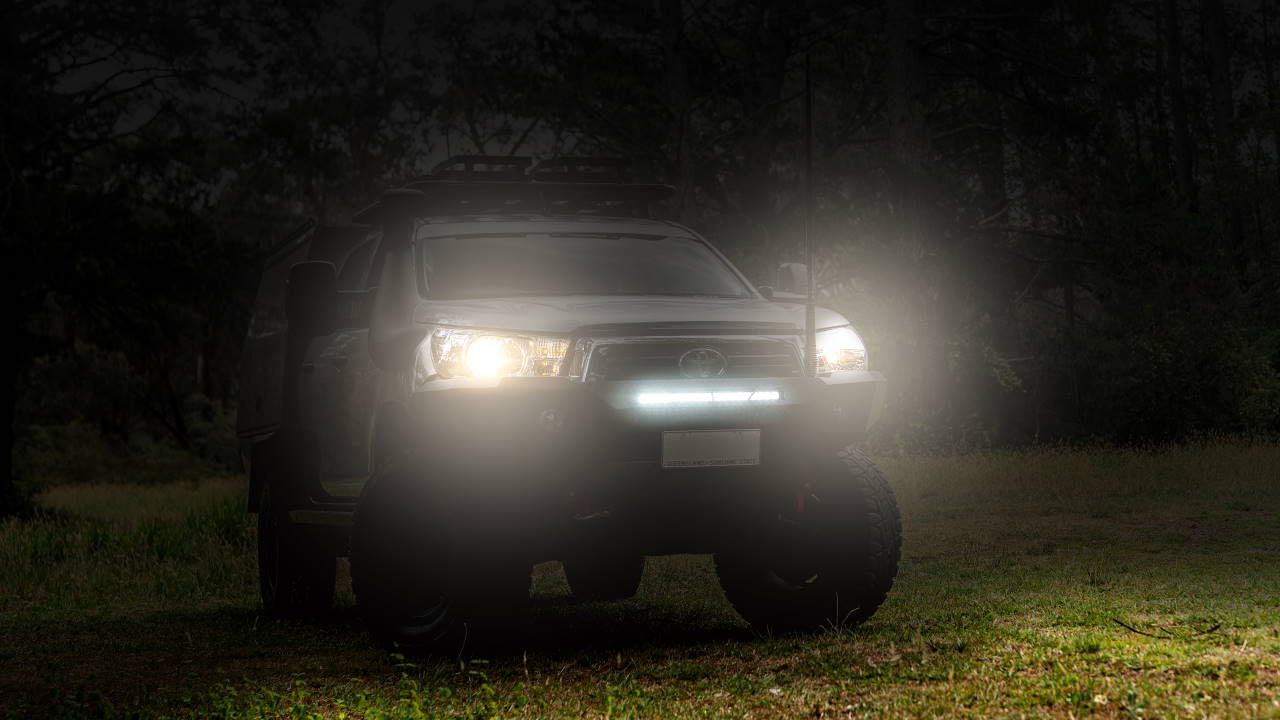
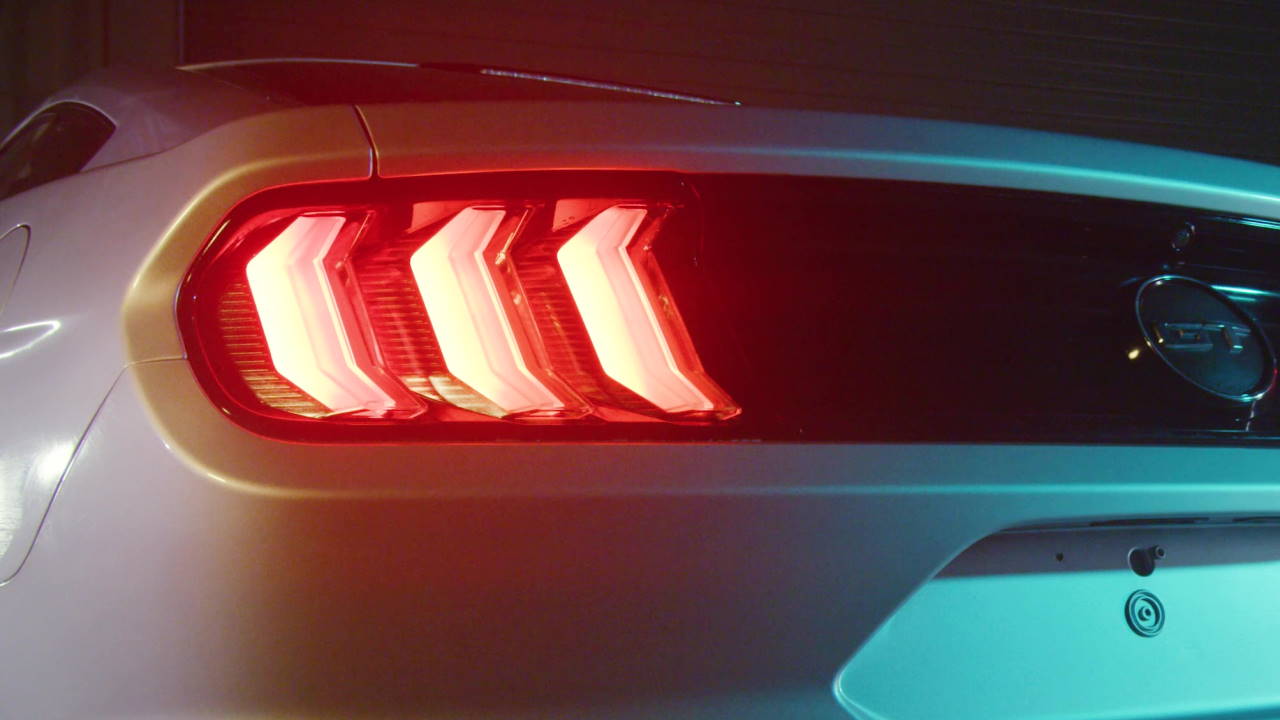
Checking Park Lights
Turn your headlights onto the park light function and walk around to check that your park/tail lights are working correctly. You should have 1 light on each corner of your vehicle and a light at the rear illuminating your number plate.
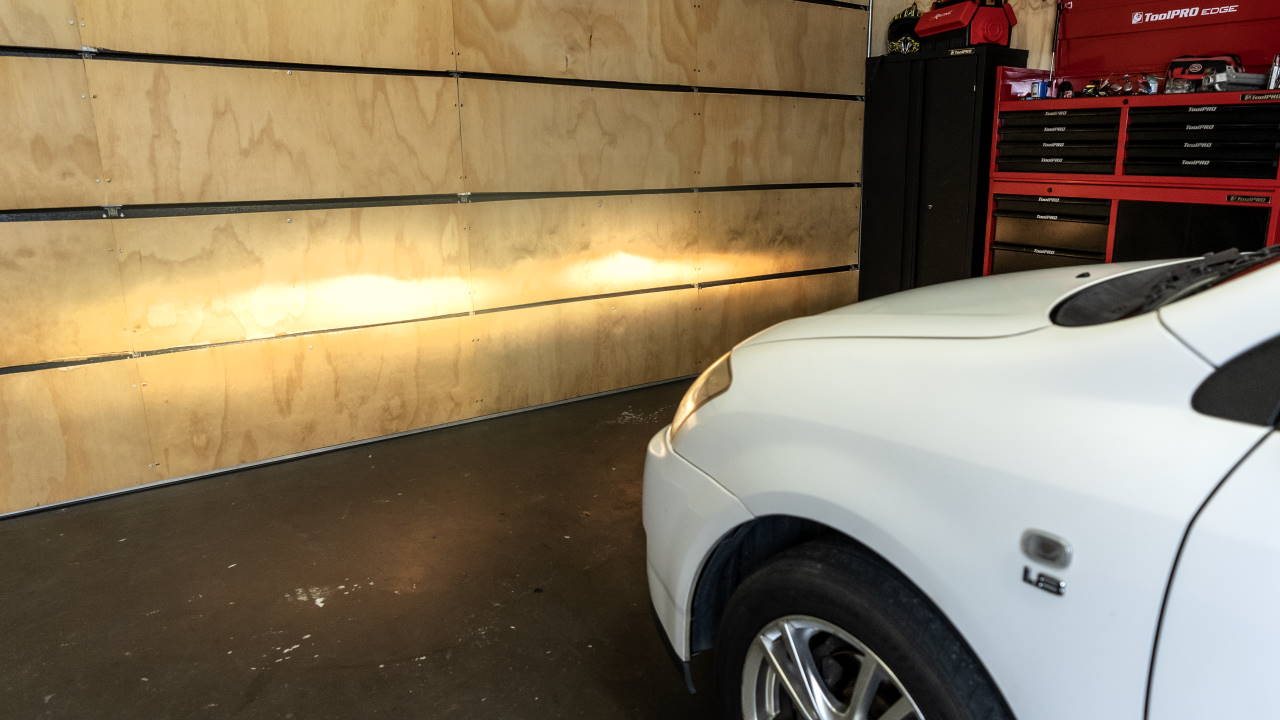
Checking Low Beam Lights
Once this check is complete, switch the headlights on to the low beam position. Check the beam pattern on the wall in front of you and make sure they are functioning correctly
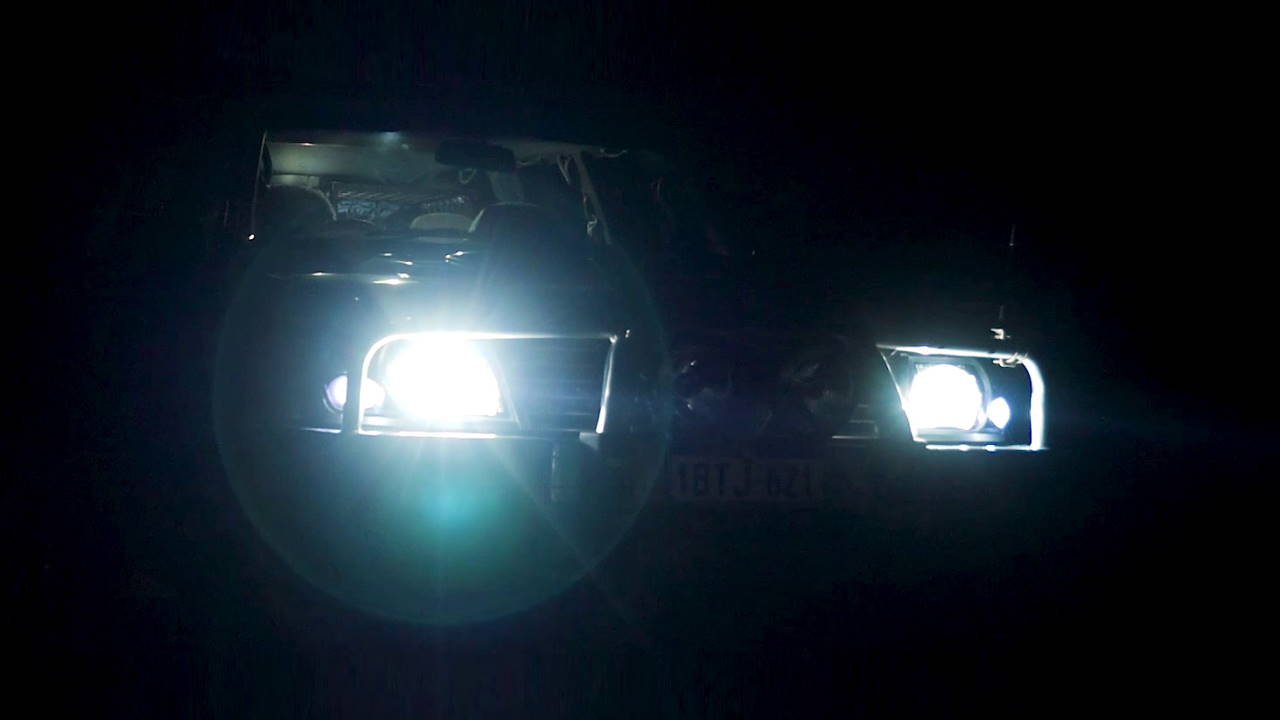
Checking High Beam Lights
Now the high beam; with this turned on, you should see the beam pattern change to higher up the wall and should be slightly brighter. If your vehicle is fitted with fog lights, best to turn them on and check they’re working as well.
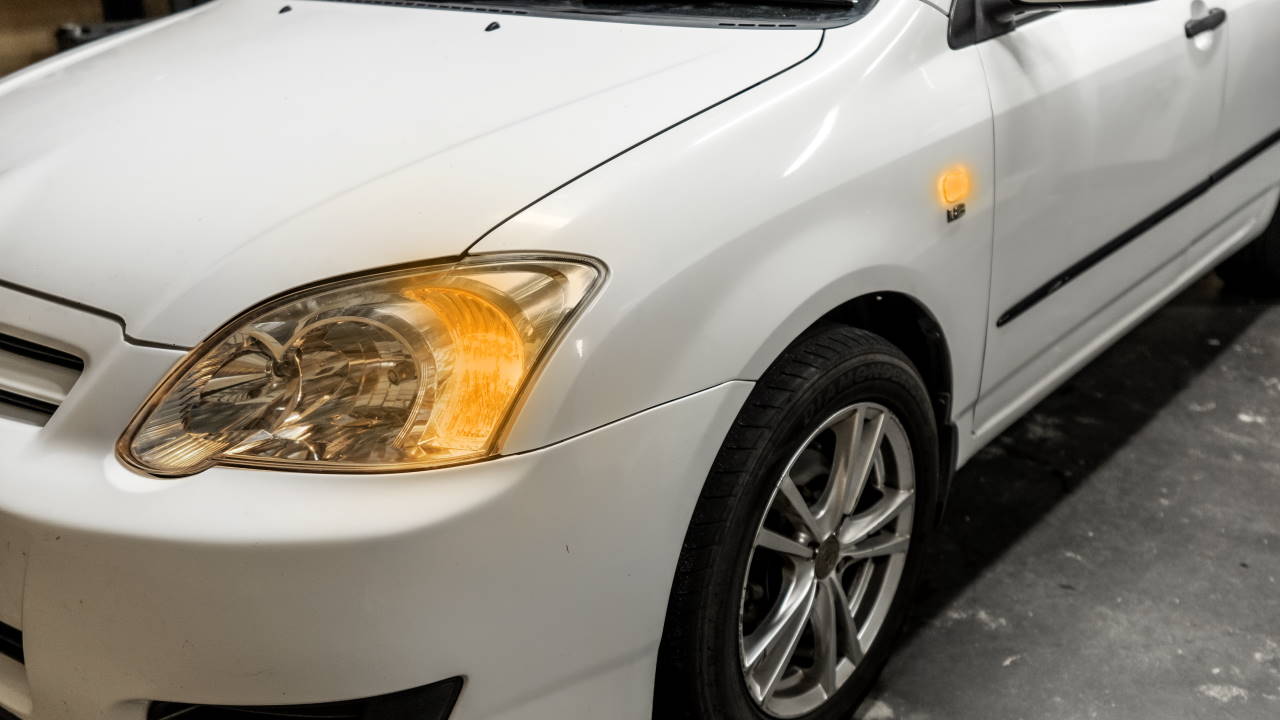
Checking Indicator Lights
Chances are you’ll be on the road when you first notice an indicator light isn’t working and often the first clue is a change in indicator sound. The affected side will click faster than normal. To check which light is out, turn your hazard lights on and check each light, front, sides and rear.
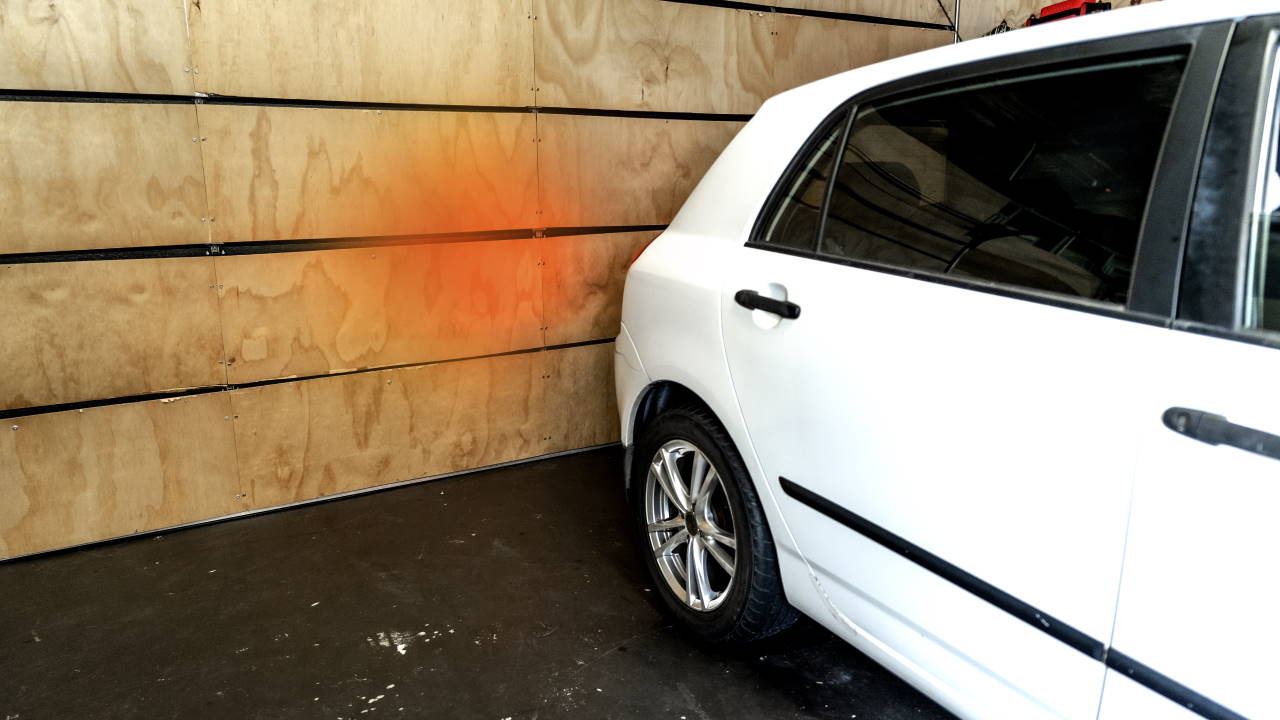
Checking Brake & Reverse Lights
Unlike indicator lights, tail and reverse lights often don’t have a sound clue to alert you a light could be out. If you don’t have someone to check your lights for you, a quick tip is to test your lights against a wall or in a dark garage. You’ll be able to see the reflections on the walls or garage door. You’ll soon be able to tell if there are any lights not working by the absence or dimming of the light reflecting. If one side has blown, the other side may not be far behind it. It’s best practice to replace the corresponding light on the other side at the same time.
*Important information* - Click here to read more about our DIY Advice Terms and Conditions.